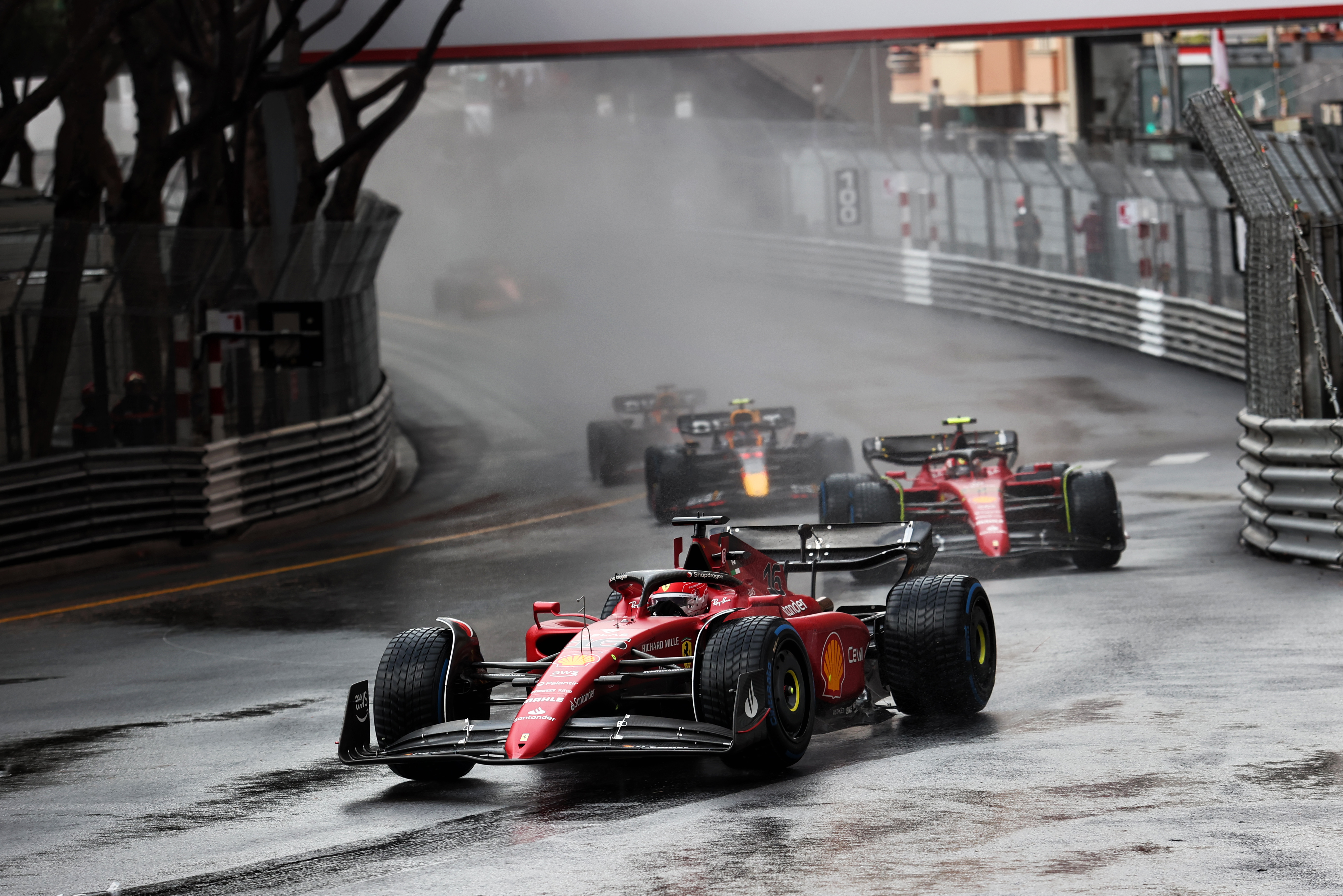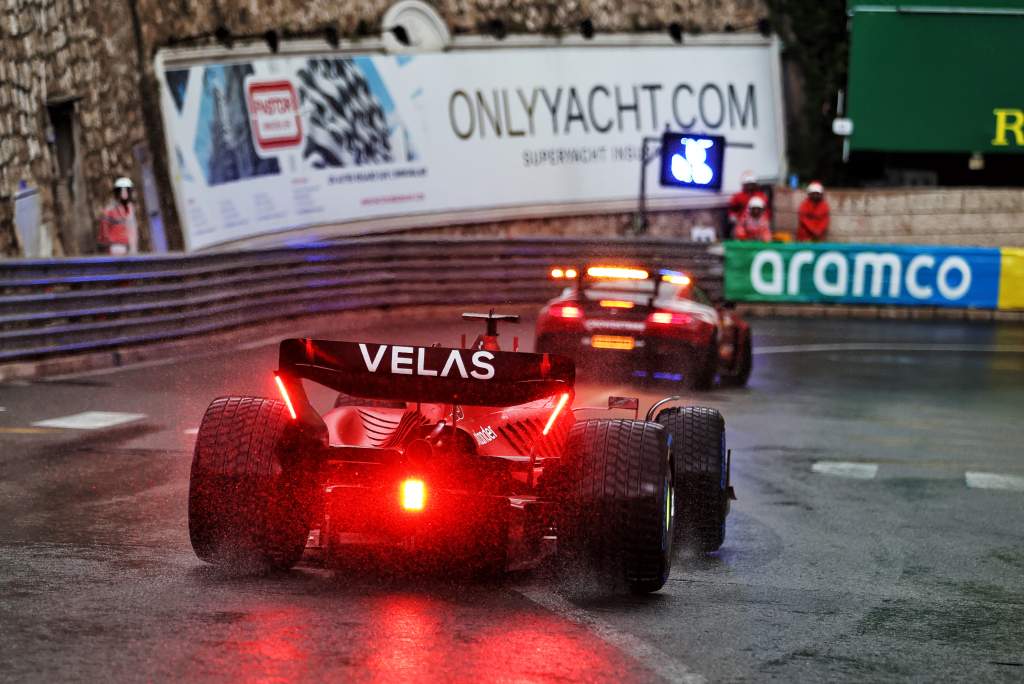Up Next

When explanations for the delayed start of the Monaco Grand Prix were not immediately forthcoming, the watching world leapt to conclusions about the reasons – or lack thereof – for the start being put back and the validity of the decision to do so.
The principle of waiting for all the facts to be in before such judgements are made is a sound one, but it doesn’t really apply in this case. Formula 1 is a global product, one watched by millions who have tuned in to see the dramatic start of the most famous race on the calendar.
Why frustrate them with a lack of information? It’s a live event and must be presented as such. Yet time and again, this is an area where the FIA and F1 are too slow to react, resulting in what can often be perfectly rational, well-thought-out decisions looking foolish and infuriating fans.
That brings us to NASA’s mission control centre. There are similarities between that and F1’s race control – a room full of screens and channels of data. But there’s a difference that F1 must learn from.
One of the desks in NASA’s mission control is for PAO – the public affairs officer. Their job is to follow proceedings and act as a liaison to the media and the watching world. It’s a logical position that ensures a good throughput of those on the outside.
Obviously, NASA has certain public service obligations that F1 does not. But with fan engagement and entertainment so important, it should be core to F1’s brand. After all, why anger your fanbase and encourage them to switch off in disgust?

The FIA does have media personnel who do a good job. But ideally, there should be someone embedded with race control and able to feed real-time information directly to the broadcasters and media.
It wouldn’t need to be a real-time commentary on the discussions, simply the key decisions – reasons for the start being delayed, problems with the lights that prevent standing restarts, that kind of thing. Often, the kind of choices that are hard to argue with once you know the facts.
This would be faster and more nimble than the current approach, which allows inaccurate rumour and speculation to permeate and effectively become fact.
The race director and those working alongside to manage the race shouldn’t be worrying about communicating with the outside world but, by putting someone permanently in place to do this, F1 and the FIA would be able to show the outside world that there is method in what might ostensibly be madness. Well, some of the time at least.
There will be those in the FIA that would support this idea, or something similar. But it depends on those at the top realising that as an organisation it now has a responsibility to be more transparent and play its part in what has become a massive global concern.
It’s a simple improvement and, while it would be naive to claim it would eliminate the fury on social media about what happened in Monaco, it would be a good step as the FIA works to rebuild the credibility of F1 race control.






